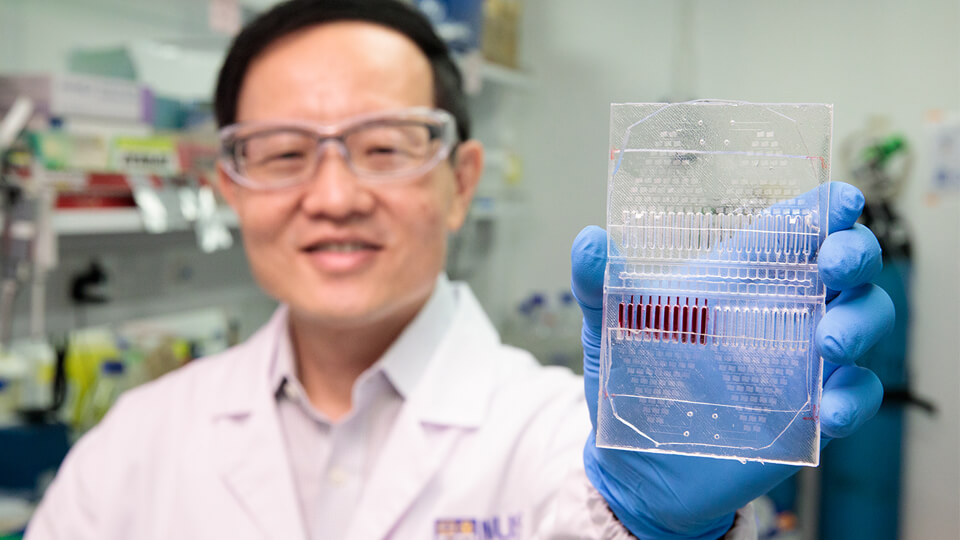A team of scientists from the National University of Singapore (NUS) has developed a novel device that could help clinicians to diagnose cancer, monitor the disease state and customise drug therapies for each individual patient.
Using the device, doctors could test a range of drugs on the cultured tumour cell clusters. This is to help determine the ones that could effectively attack the cancer cells of a patient. Two or more drugs at various concentrations can also be tested concurrently.
This approach will facilitate the development of personalised therapies, tailored to meet the different needs of each patient, NUS said in a press statement.
“Doctors are increasingly aware that a “trial and error” or “one size fits all” approach is not suitable for cancer treatment,” said Professor Lim Chwee Teck, Principal Investigator at the Mechanobiology Institute, Singapore (MBI). “This practice is inefficient and frequently results in inappropriate therapy and problematic side effects.”
In contrast, personalised treatment, tailored to the individual patient’s cancer type and progression, has the potential to increase efficacy and decrease toxicity. “A critical advantage of our approach is its potential to predict a patient’s response to therapeutic treatment by performing tests on their own cancer cells,” Prof Lim explained.
Clinical collaborator of the project, Dr Lee Soo Chin from the National University Cancer Institute, Singapore, said, “We are excited that this novel approach has the potential for translation into a hospital setting as prior approaches for growing cancer cells had low efficiency, required extensive periods for culture establishment, or compromised quality of the cells due to pre-enrichment.”
Moreover, “this device will provide a cost-effective and less-invasive means of routine monitoring of disease progression. The CTCs can be collected at various time points to determine which treatment would be most beneficial for the patient,” he added.



